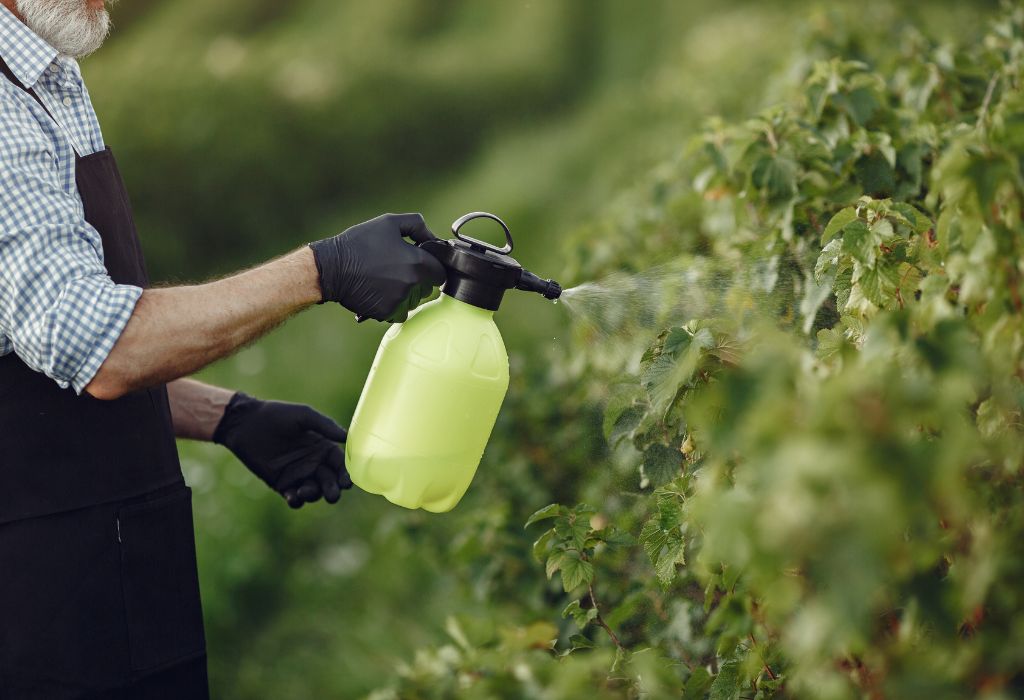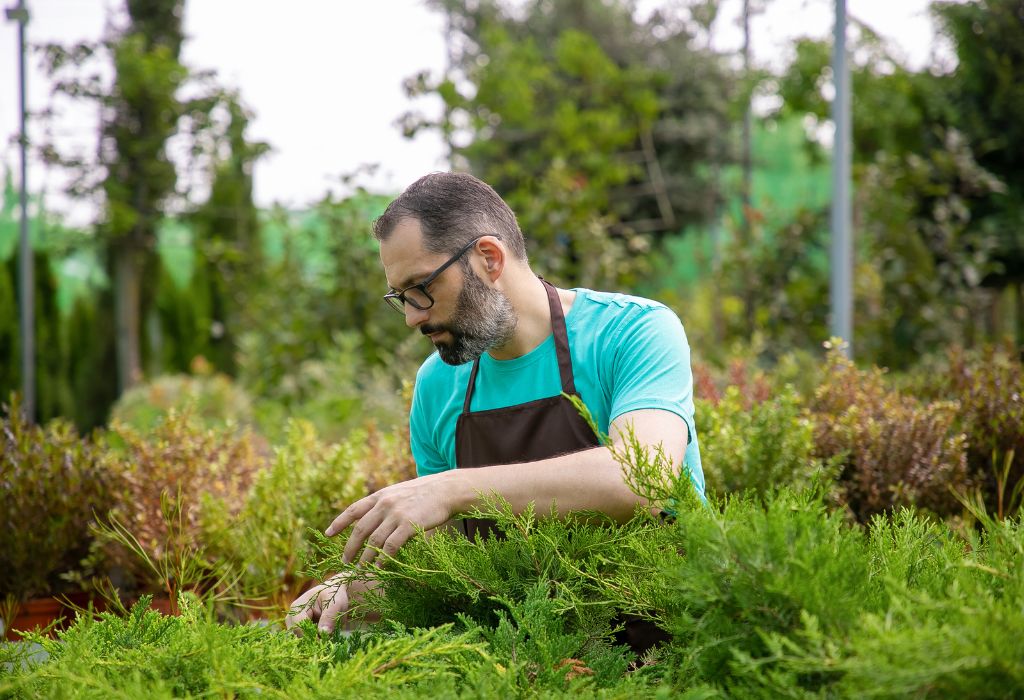Every gardener knows the frustration of seeing weeds sprout up right where your plants should thrive. These uninvited guests don’t just look messy—they compete fiercely for water, sunlight, and nutrients. Left unmanaged, weeds can slash yields by 30–50% in home and vegetable gardens.
On average, gardeners spend over 120 hours per year battling weeds, with peak seasons requiring 20–30 minutes of daily weeding. But here’s the good news: with the right techniques, you can remove weeds effectively and prevent them from coming back.
This guide covers 10 proven, natural methods to get rid of weeds in your garden—without harmful chemicals.
I. Why Weeds Are a Problem in Gardens

- They steal essential nutrients from your plants.
- They block sunlight, reducing plant growth.
- They consume water, leaving soil dry for crops and flowers.
- They spread rapidly through seeds, roots, and runners.
- They provide shelter for pests and plant diseases.
- They make gardens look unkempt and harder to maintain.
II. 10 Proven & Natural Methods to Get Rid of Weeds
1. Mulching
Mulching is one of the most effective weed control strategies. By covering the soil with a protective layer, you block sunlight that weeds need to sprout.
- Use organic mulch such as straw, wood chips, or shredded leaves.
- Apply a 2–3 inch layer to ensure maximum coverage.
- Refresh mulch each season for best results.
2. Hand-Pulling & Hoeing
Sometimes the simplest method is the most effective. Removing weeds by hand ensures roots are taken out before they spread.
- Pull weeds after rainfall when soil is soft.
- Use a hoe for larger areas to slice weeds at the root level.
- Regular hand-pulling prevents weeds from flowering and producing seeds.
3. Soil Solarization
This technique uses heat from the sun to kill weeds and seeds.
- Moisten the soil thoroughly.
- Cover it with a clear plastic sheet.
- Leave it for 4–6 weeks during hot months.
- The heat will penetrate the soil and sterilize the top layer.
4. Vinegar Spray
Vinegar is a natural herbicide that can kill weeds quickly.
- Mix household vinegar with a few drops of dish soap.
- Spray directly on weeds during sunny weather.
- Avoid spraying desirable plants as vinegar burns all foliage.
5. Boiling Water
A simple, chemical-free method for weeds growing in cracks or paths.
- Boil water in a kettle.
- Pour directly over weeds.
- Repeat if necessary for tough growth.
6. Corn Gluten Meal
This natural product prevents weed seeds from sprouting.
- Apply to garden soil before weeds germinate.
- Works as a pre-emergent solution, not on existing weeds.
- Also adds nitrogen to soil, improving fertility.
7. Ground Covers
Planting low-growing ground covers crowds out weeds naturally.
- Clover, creeping thyme, or creeping Jenny spread across the soil.
- They block sunlight and create living mulch.
- Ideal for flower beds, paths, and open soil areas.
8. Flame Weeding
Flame torches can be used to kill weeds without chemicals.
- Pass the flame quickly over weeds.
- Heat causes cells to burst, killing the plant.
- Works best on driveways, gravel paths, or large spaces.
9. Proper Spacing & Dense Planting
Gardeners often underestimate how spacing affects weeds.
- Plant crops close enough to shade the soil.
- Dense planting prevents light from reaching weed seeds.
- Combine with mulching for maximum effectiveness.
10. Raised Beds & Containers
By isolating soil, you reduce weed problems significantly.
- Fill raised beds with weed-free soil.
- Use containers for vegetables and herbs.
- Easier to manage than large open plots.
III. Preventing Weeds Before They Start

- Keep soil covered at all times with mulch or cover crops.
- Use only clean, weed-free compost and soil amendments.
- Rotate crops yearly to disrupt weed growth cycles.
- Wash garden tools regularly to avoid carrying seeds.
IV. Mistakes Gardeners Should Avoid
- Over-tilling, which exposes hidden weed seeds.
- Allowing weeds to flower and spread thousands of seeds.
- Using mulch or compost that contains weed seeds.
- Depending too much on chemical sprays, which harm soil life.
V. Seasonal Weed Control Strategy
- Spring: Apply mulch early before weeds germinate.
- Summer: Weed weekly and water plants with drip irrigation.
- Fall: Plant cover crops to suppress weeds and enrich soil.
- Winter: Clean beds to remove debris and reduce seed spread.
VI. Statistics Every Gardener Should Know
- A single dandelion can produce up to 15,000 seeds.
- Mulching reduces weed growth by up to 80%.
- Cover crops reduce weed pressure by 50% or more.
- Weeds can reduce crop yields by 30–50% if left unchecked.
- Gardeners spend an average of 120+ hours per year on weeding.
VII. FAQs
- What kills weeds permanently in gardens?
A combination of mulching, soil solarization, and regular weeding. - Can vinegar kill weeds without harming soil?
Yes, but it may affect nearby plants if sprayed carelessly. - How can I prevent weeds naturally long-term?
Keep soil covered, rotate crops, and use ground covers. - Is mulching enough to stop weeds completely?
Mulch prevents most weeds but should be combined with regular maintenance. - What is the fastest way to remove weeds?
Boiling water and hand-pulling are the quickest, chemical-free methods.
Conclusion
Weeds are tough competitors, but with the right mix of prevention, natural remedies, and consistent maintenance, you can reclaim your garden. Mulching, dense planting, raised beds, and cover crops are long-term solutions that drastically reduce weeds.
Think of weed control as a continuous process—not a one-time fix. By combining these proven methods, you’ll save time, boost yields, and enjoy a garden that stays green and beautiful without constant battles.
A little effort each week goes a long way toward a weed-free, thriving garden.
I’m Maya L. Greenwood, a lifelong plant lover who believes anyone can grow something beautiful with the right guidance. After years of testing soil mixes, pruning methods, irrigation tricks, and pest-safe solutions, I started EasyGardenTips.com to turn hard-won lessons into step-by-step advice. From seed starting and container gardens to composting and seasonal checklists, my goal is to make gardening simple, sustainable, and fun.
